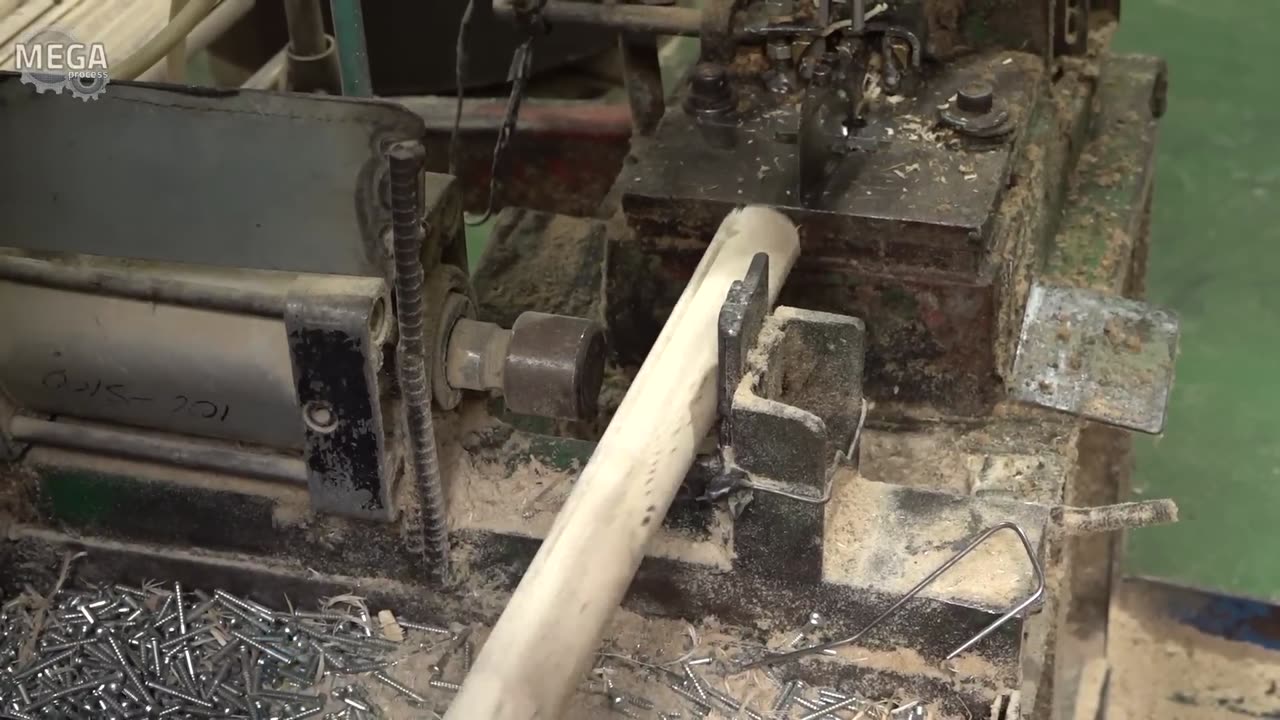Premium Only Content

shovel**, a versatile tool used for digging, scooping, s like soil, sand, gravel, and snow
A **shovel**, a versatile tool used for digging, scooping, and moving materials like soil, sand, gravel, and snow, has a fascinating manufacturing process. Let's delve into the step-by-step guide on how shovels are made, highlighting essential keywords along the way.
1. **Forging the Blade**:
- The first step involves **forging** the blade. Metal, such as steel or iron, is heated until malleable and then hammered into the desired shape on an anvil.
- The blade's edge and pointed end are carefully shaped, cooled, and hardened to ensure strength and durability.
2. **Soldering the Handle**:
- Next comes **soldering** the handle. Shovel handles are made of various materials: wood, metal, plastic, or fiberglass.
- The handle and blade are joined together by melting a special solder (a combination of metals) using a soldering iron.
- The type of shovel determines whether this process is done manually or with machines.
3. **Rust Prevention**:
- To protect against corrosion, a **rust prevention** coating is applied. This can be paint or another protective material.
- Rust-resistant materials like stainless steel or aluminum are also used.
4. **Sharpening the Shovel**:
- The blade's **sharpness** is crucial for efficient digging. It's honed using grinding tools or sharpening stones.
- A well-sharpened blade ensures effective soil penetration.
5. **Choosing a Handle Material**:
- The **handle material** matters. Wood provides a traditional feel, while fiberglass offers durability and lightness.
- Some shovels have metal handles for heavy-duty tasks.
6. **Manual vs. Machine Processes**:
- The manufacturing process can involve both **manual** craftsmanship and **machine** precision.
- Handcrafted shovels may have unique designs, while machine-made ones ensure consistency.
In summary, a shovel's journey from raw materials to a functional tool involves forging, soldering, rust prevention, sharpening, and thoughtful handle material selection. Whether you're a gardener, farmer, or construction worker, understanding this process adds depth to your appreciation of this essential tool! 🛠️🌱🏗️
-
 LIVE
LIVE
RalliedLIVE
9 hours ago $2.36 earned10 WINS WITH THE SHOTTY BOYS
624 watching -
 LIVE
LIVE
Badlands Media
13 hours agoAltered State S3 Ep. 38
3,527 watching -
 LIVE
LIVE
SpartakusLIVE
1 hour agoLAST Stream Until NEXT WEEK || Going to Florida to hang out w/ a SPECIAL Gaming Buddy
157 watching -
 10:19
10:19
MattMorseTV
1 day ago $8.86 earnedTrump just went SCORCHED EARTH.
50.5K57 -
 1:36:49
1:36:49
RiftTV
3 hours agoHow Much is the Government SPYING on You and STEALING Your DATA?! | Almost Serious | Guest: Matt Kim
13.5K3 -
 1:31:26
1:31:26
Glenn Greenwald
4 hours agoAaron Maté on More Russiagate Fallout, Protests in Ukraine, and Israel's Strikes on Syria With Special Guests John Solomon, Marta Havryshko, and Joshua Landis | SYSTEM UPDATE #491
95K26 -
 1:55:43
1:55:43
Melonie Mac
3 hours agoGo Boom Live Ep 56!
16.9K4 -
 LIVE
LIVE
Joker Effect
1 hour agoWHY AREN'T YOU DOING THE RUMBLE CREATOR PROGRAM...? IT BEGINS HERE. Wake up!
642 watching -
 LIVE
LIVE
Jorba4
4 hours ago🔴Live-Jorba4- Rainbow 6 Siege w/ XxXAztecWarrior and Zerrick Gaming
9 watching -
 1:33:40
1:33:40
Mally_Mouse
10 hours agoLet's Hang!! - P.O. Box & Chill - WE HIT 10,000!!!
19.4K3